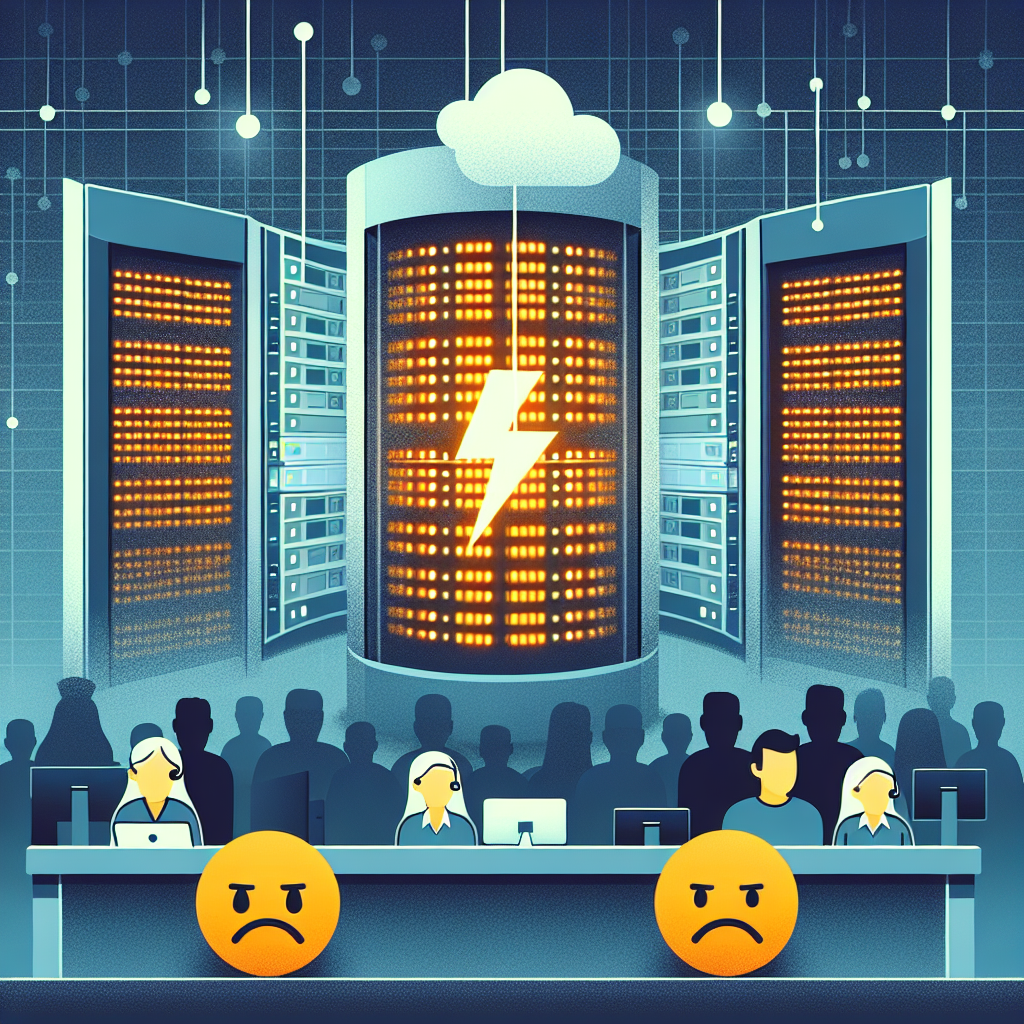The True Impact of Data Center Downtime on Customer Experience
In today’s digital age, data centers play a crucial role in the smooth running of businesses and organizations. These facilities are responsible for storing, processing, and managing large amounts of data, ensuring that critical information is always available when needed. However, despite the best efforts of data center operators, downtime can still occur, leading to significant disruptions in operations and potentially damaging the customer experience.
Data center downtime refers to periods when a data center is not operational, either due to planned maintenance or unexpected events such as power outages, hardware failures, or natural disasters. The impact of downtime on customer experience can be severe, affecting a company’s reputation, revenue, and customer satisfaction levels.
One of the most immediate consequences of data center downtime is a loss of productivity. When essential services and applications are unavailable, employees are unable to perform their tasks efficiently, leading to delays in operations and potentially missed deadlines. This can have a ripple effect on customer service, as customers may experience longer wait times or difficulties accessing support.
Furthermore, downtime can also result in financial losses for businesses. According to a report by the Ponemon Institute, the average cost of data center downtime is $740,357 per incident, with some companies experiencing losses of up to $1.6 million. These costs can include lost revenue, penalties for breaching service level agreements, and the expenses associated with restoring operations.
In addition to financial losses, data center downtime can also have a long-lasting impact on a company’s reputation. Customers expect seamless and uninterrupted access to services and products, and any disruptions can erode trust and loyalty. In today’s competitive market, where customers have numerous options to choose from, a single instance of downtime can drive them to seek alternatives.
To mitigate the impact of data center downtime on customer experience, businesses need to invest in robust disaster recovery and business continuity plans. These plans should include measures such as redundant power supplies, backup generators, and data replication to ensure that critical services can be quickly restored in the event of an outage.
Furthermore, regular monitoring and maintenance of data center infrastructure can help identify potential issues before they escalate into downtime. By proactively addressing vulnerabilities and implementing best practices, businesses can minimize the risk of disruptions and safeguard the customer experience.
In conclusion, data center downtime can have a significant impact on customer experience, leading to loss of productivity, financial losses, and damage to reputation. To protect against these risks, businesses must prioritize the resilience and reliability of their data center infrastructure, ensuring that critical services remain accessible at all times. By investing in robust contingency plans and proactive maintenance strategies, businesses can minimize the impact of downtime and maintain a positive customer experience.


